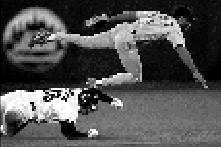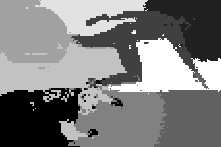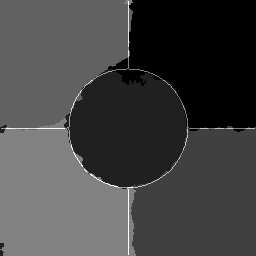Art. 1.1475/ringraziamenti
European Review for Medical and Pharmacological Sciences 2015; 19: 149-153 Treatment with icatibant in the managementof drug induced angioedema G. BERTAZZONI, E. BRESCIANI1, L. CIPOLLONE1, E. FANTE1, R. GALANDRINI Research Center on Evaluation and Promotion of Quality in Medicine (CEQUAM), "Sapienza"University of Rome, Rome, ItalyEmergency Medicine Unit, "Sapienza" University of Rome, Umberto I Polyclinic, Rome, Italy












